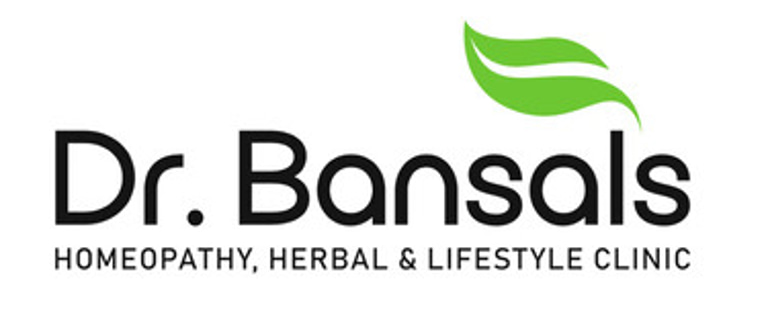Bile Duct Cancer Doctor in Indore
Dr. Bansal's Homeopathy, Herbal & Lifestyle Clinic
Expert, natural care for health with over 45 years of trusted experience.
🔬 What is Bile Duct Cancer?
Cholangiocarcinoma or bile duct cancer is a rare and invasive form of cancer that develops within the bile ducts, the system of slender tubes that transport bile produced in the liver and gallbladder to the small intestine to aid in the digestion of fats. When cancer grows in such ducts, it may obstruct the flow of bile and influence digestion and liver functions.
Bile duct cancer usually develops slowly and is usually diagnosed late because early symptoms are very few or unspecified.
Common Bile Duct Cancer.
Bile duct cancer can be divided according to the start point:
1. Intrahepatic Cholangiocarcinoma
Initiates in the small bile ducts within the liver.
Frequently misdiagnosed with liver cancer.
Accounts for ~10–20% of cases.
2. Perihilar Cholangiocarcinoma (or hilar, or Klatskin tumor)
It is located at the cross of the right and left hepatic bile ducts (close to the liver hilum).
Most common type.
3. Distal Cholangiocarcinoma
Grows in the bile canals surrounding the small intestine, extrahepatic.
Symptoms such as jaundice are easier to identify earlier.
⚠️ Symptoms of Bile Duct Cancer
Symptoms can manifest in the advanced stages and can include:
Jaundice (yellowing of the skin and eyes)
Itching
Dark urine
Pale or clay-colored stools
Abdominal pain, particularly upper right.
Unintended weight loss
Loss of appetite
Fatigue
Fever (sometimes)
Risk Factors for Bile Duct Cancer.
Some of the factors that put one at risk of developing bile duct cancer include:
✅ Medical Conditions:
Primary sclerosing cholangitis (PSC) - chronic inflammation of the bile duct.
Bile duct stones
Hepatic cirrhosis or chronic hepatitis.
Hepatitis B or C infection
Infection with liver flukes (eating undercooked freshwater fish, particularly in Asia)
Choledochal cysts (cysts in the bile ducts at birth)
Diabetes
🚬 Lifestyle Factors:
Smoking
Obesity
Heavy alcohol use
🧬 Other Factors:
Age (more common over 50)
Liver or bile duct cancer in the family.
Vulcanization exposure to some chemicals in the workplace (e.g., thorotrast, dioxins)
Prevention of Bile Duct Cancer.
There is no certainty that this type of cancer of the bile duct can be avoided; however, several measures can help to reduce the risk:
To minimize the chance of contracting liver fluke, keep freshwater fish raw or undercooked.
Vaccinate against hepatitis B, and treat hepatitis B or C in case of infection.
Treat underlying liver or bile duct disorders (such as PSC or hepatitis).
Quit drinking and stop smoking.
Eat a healthy diet and have a normal weight.
It is best to avoid any unnecessary exposure to toxic substances in the workplace.
Frequent tests when you have risk factors or chronic liver diseases.
Wellness
Expert care for chronic diseases and lifestyle issues.
Healing by THE Best Homeopathy doctor in Indore at
Contact
9406856868
© 2025. All rights reserved.
